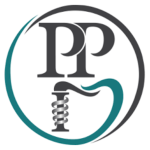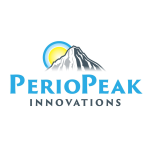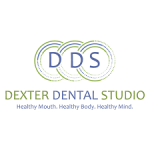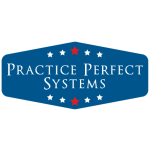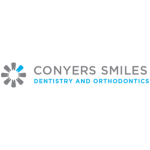
Incorporating OralDNA® testing into our practice has been a game changer. It finally gives us, the clinicians, an advantage when getting ahead of this progressive disease–periodontal disease. The research is mounting, periodontal pathogens do not just exist in your oral cavity; the bacteria can enter the bloodstream through inflamed periodontal tissue. Hence, the mouth is connected to the body and so are the pathogens. It is all linked. Now with MyPerioPath® results to show what periodontal ...
Read More

